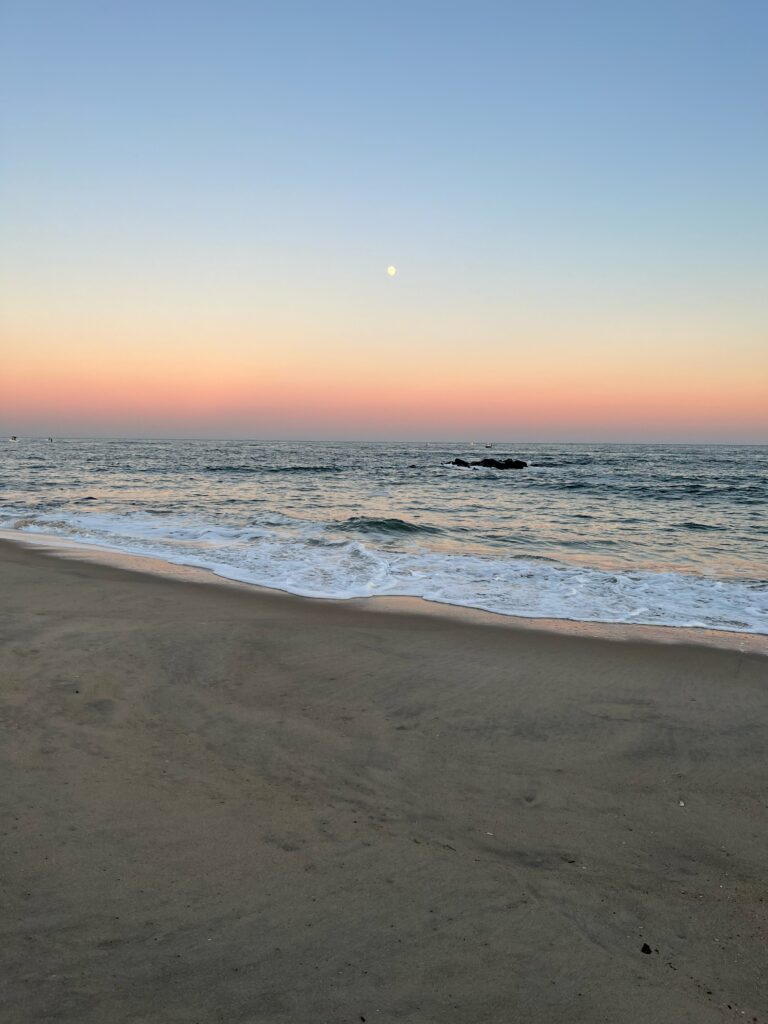Today was definetly way colder than the last time I visisted, though it was still a beautiful day! The wind from the water definetly felt cooler too. The trees had little to no leaves, and the ground was covered with more leaves. The sand was colder and there weren’t as many bird noises. Overall its become more like a stick season! I’m excited to see my spot when there is snow.

Pheonology Blog 4: The ecology compared to my spot in Burlington is very different regarding tree species. Both areas I chose are around water bodies and have sand, but the spot I chose for over break is in Spring Lake New Jersey. For my phenology place in Vermont, the vegitation consists of masive red oaks, sugar maples, and grass, while the spot in New Jersey is filled with beach rose, many different types of grasses, and seaweeds riddle the sand.




Phenology Final Blog Post: The trees no longer bear any leaves. The foliage is sadly gone. There is one large Eastern Hemlock that stands tall, shwoing off the needles it continuously maintains. There are still plants and bushes growing around however, and the grass is still green and alive. There are more signs of decomposition, instead of colorful leaves strewn across the ground there are brown ones with holes looking like they have had a long day, with many feet trambling over them. It felt eerily silent when I went. I heard no birds, saw no moving creatures, and the water wasn’t making a sound. The only aspects was the wind blowing through the boney trees, the moon shining of the lake, and the reflections of the city bouncing back from the water. I really enjoyed this spot because of the water. I thought it was interesting to watch the trees change, the leaves decompose, and the animals hide away. It’s a really beautiful place to be.

My friends and I decided to walk around our buildings and to Centenial Woods. We found numerous tracks i. Centenial, and a few bird nests outside our buildings around the trees. Using Inaturalist was good, I’ve had to use it before for other labs for NR so I understood what I was doing. Specifically we saw a birds nest. We narrowed it down to a Chickadee as the nest was small and a Chickadee is a common bird in Vermont. As for the other tracks, we presume they are deer tracks as they have the split hoof in the front. the others are most likely squirrel tracks. They are smaller and out in the open, there are many squirrels in burlington so it wouldnt come as a suprise.





Hi, this is a comment.
To get started with moderating, editing, and deleting comments, please visit the Comments screen in the dashboard.
Commenter avatars come from Gravatar.